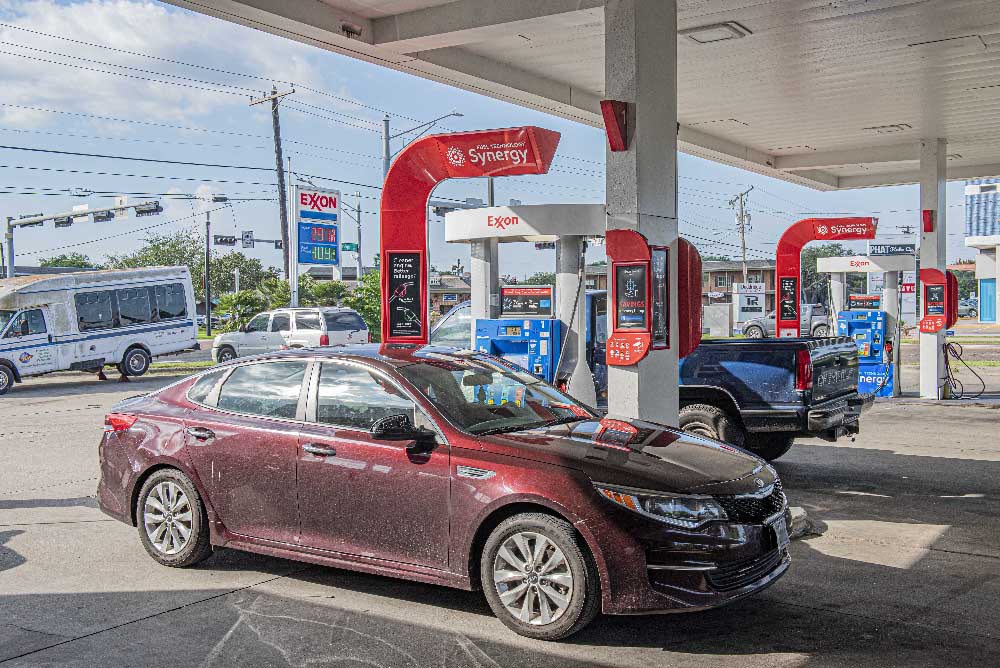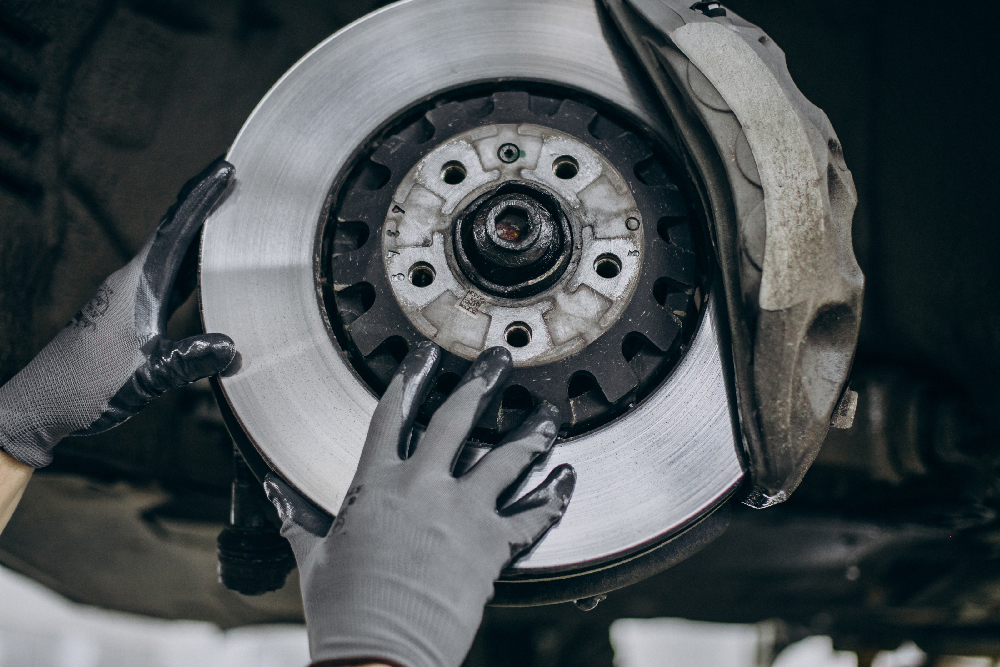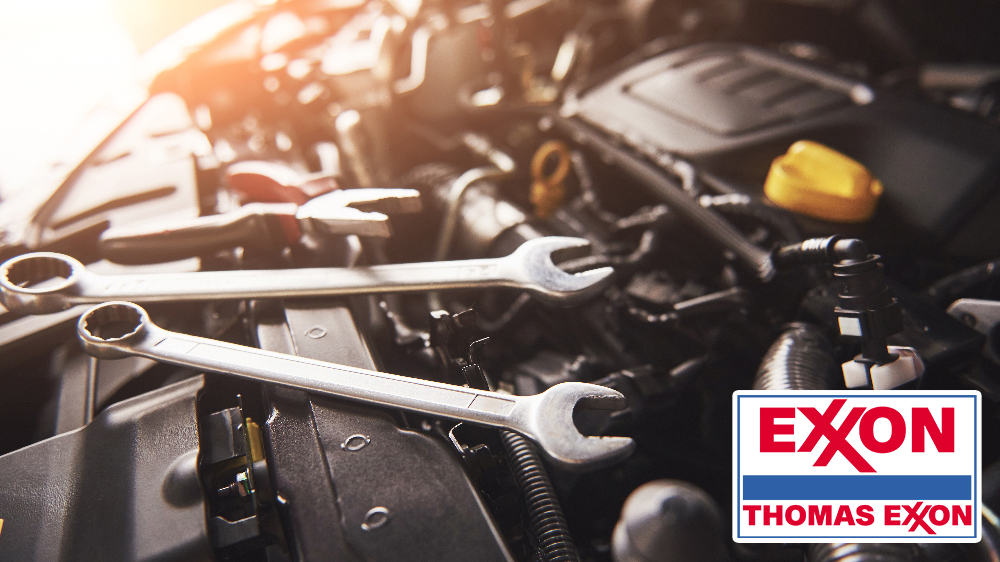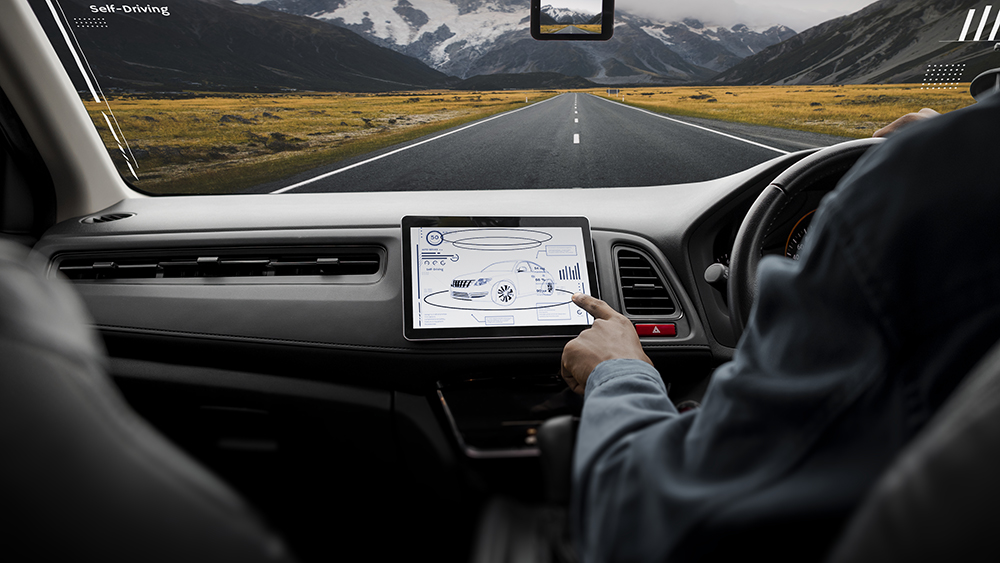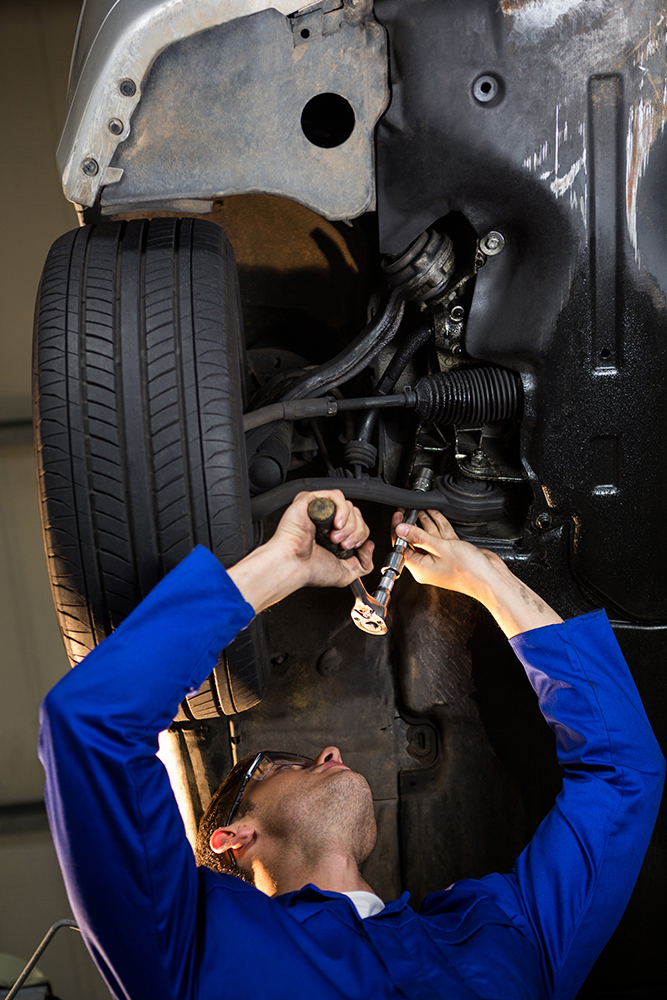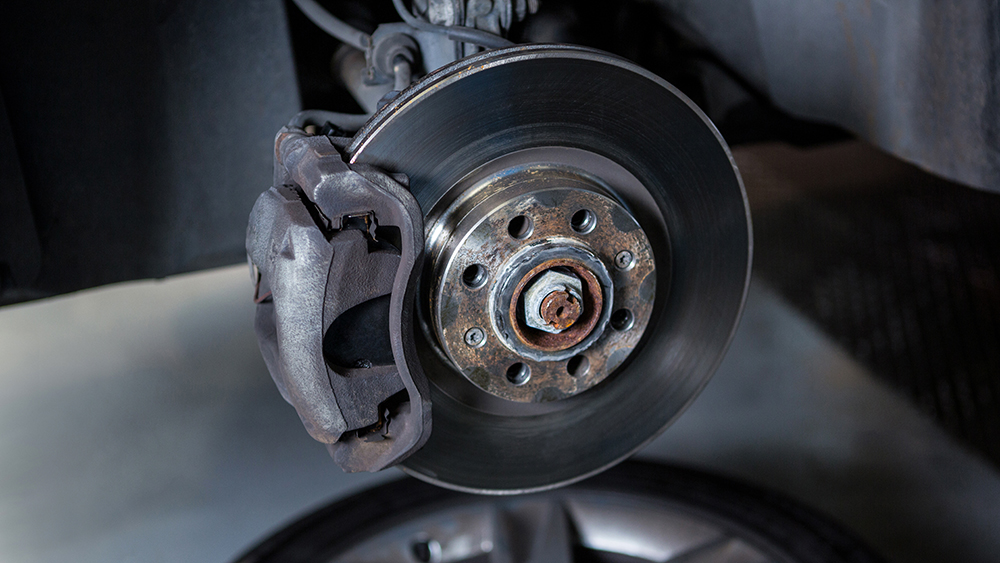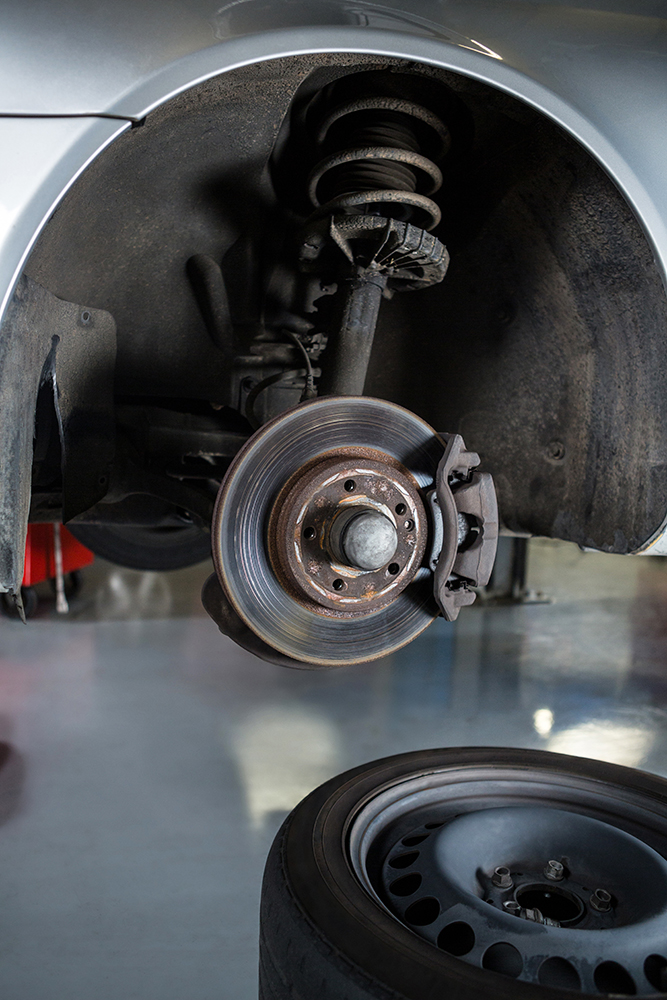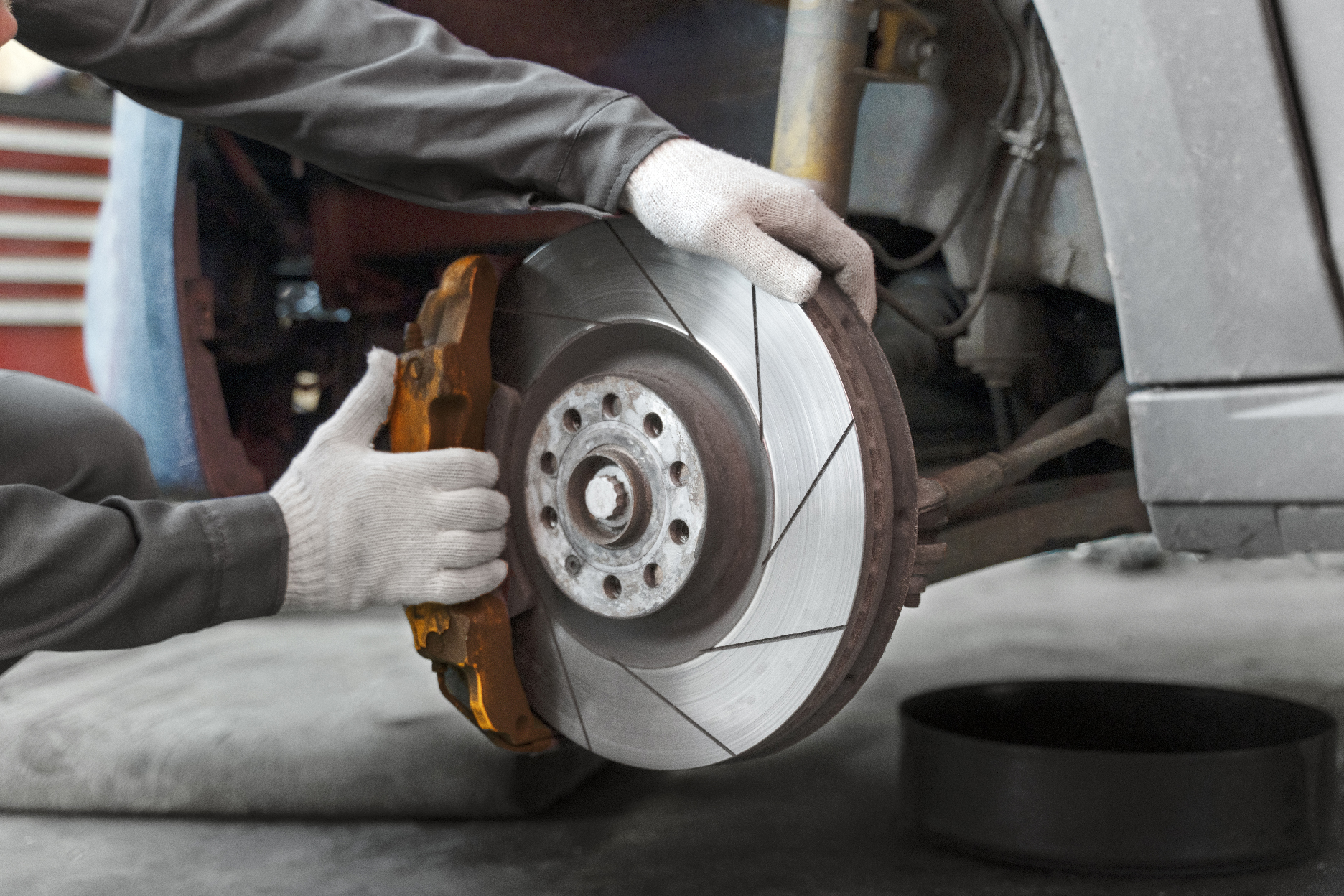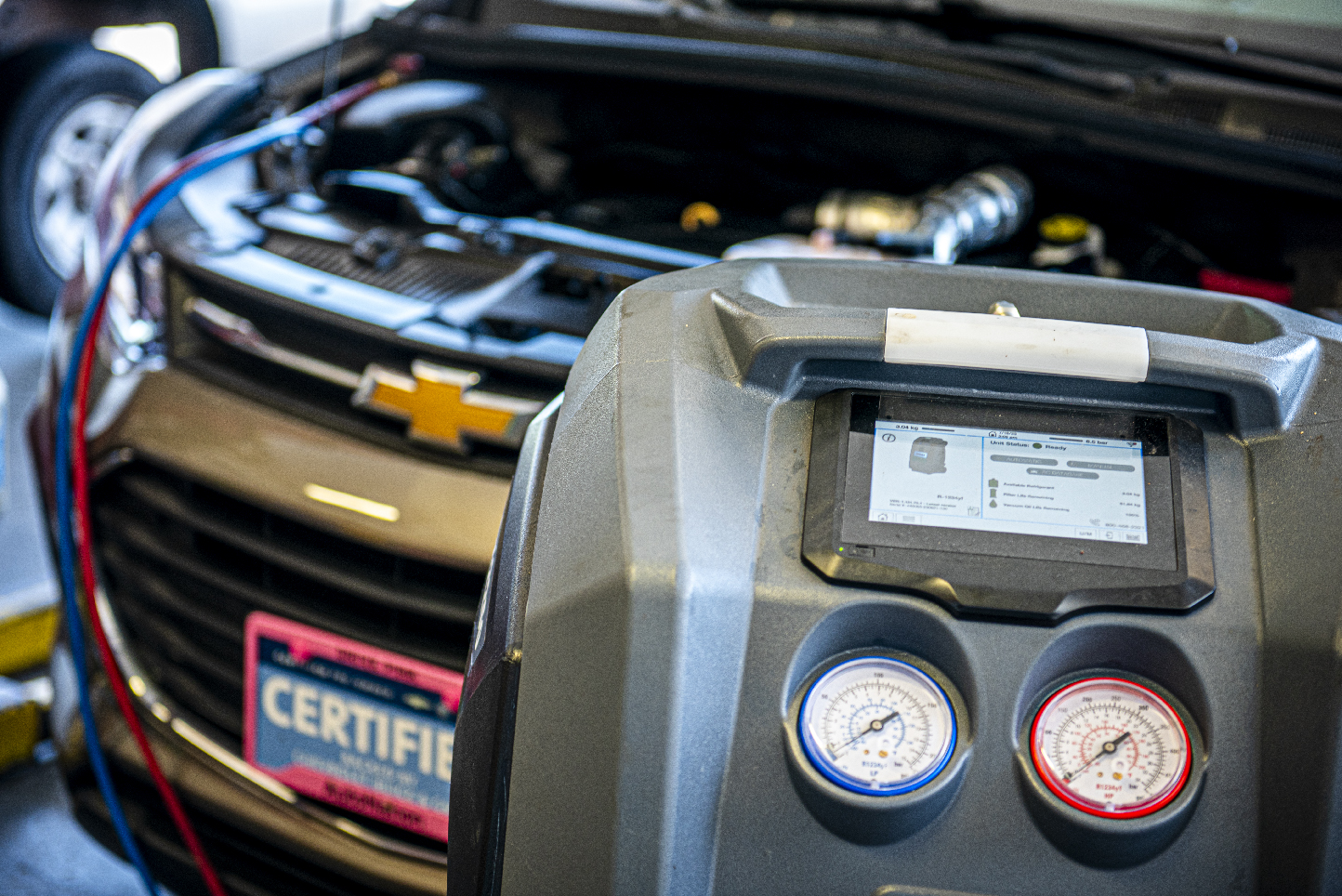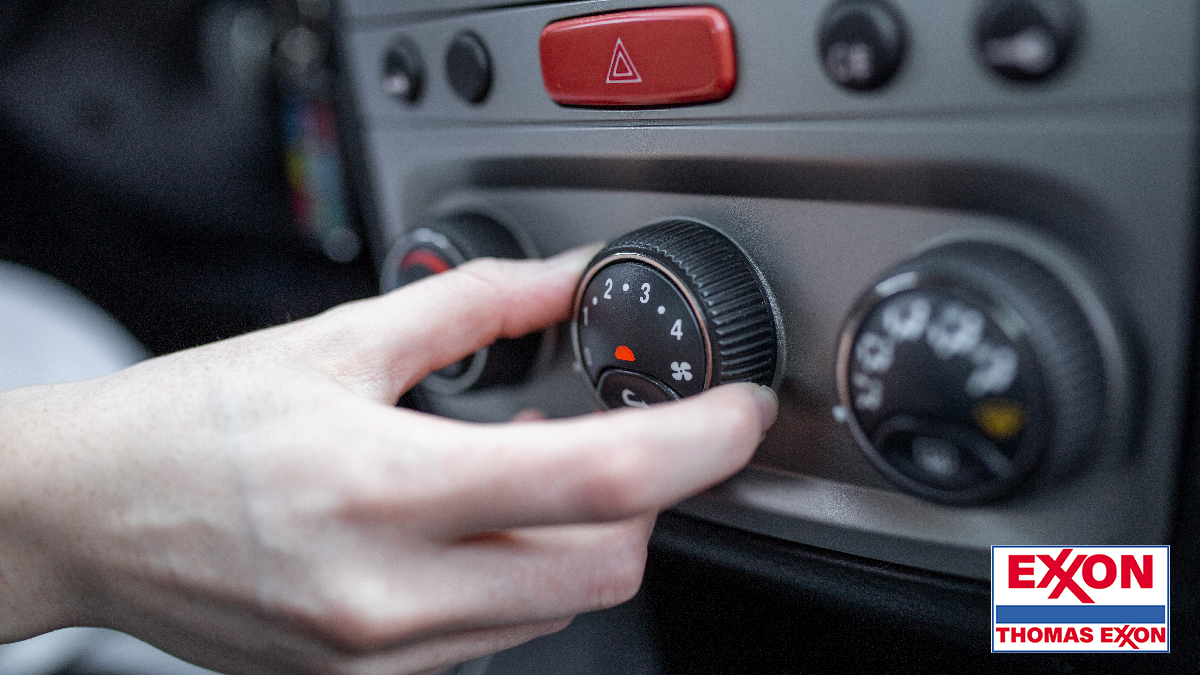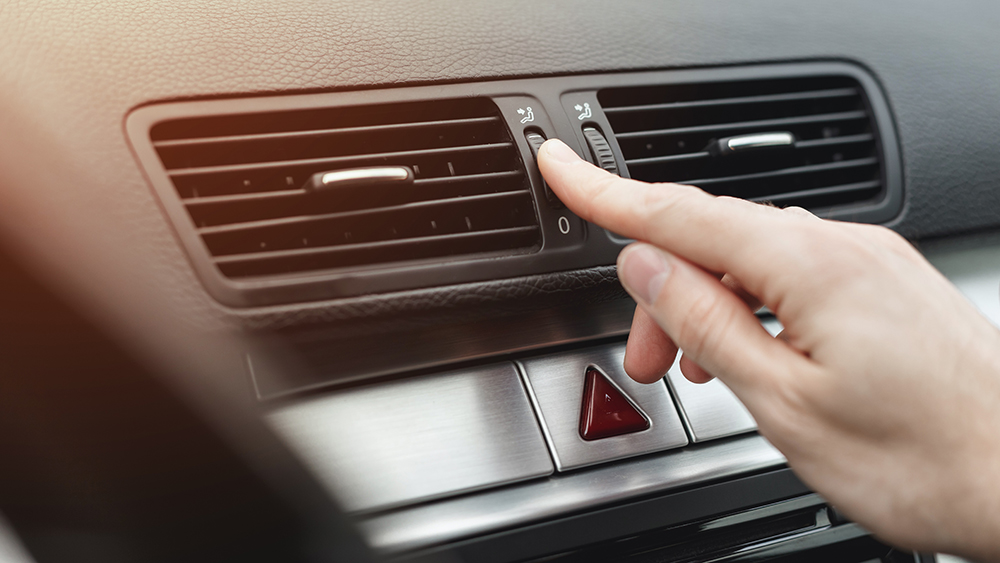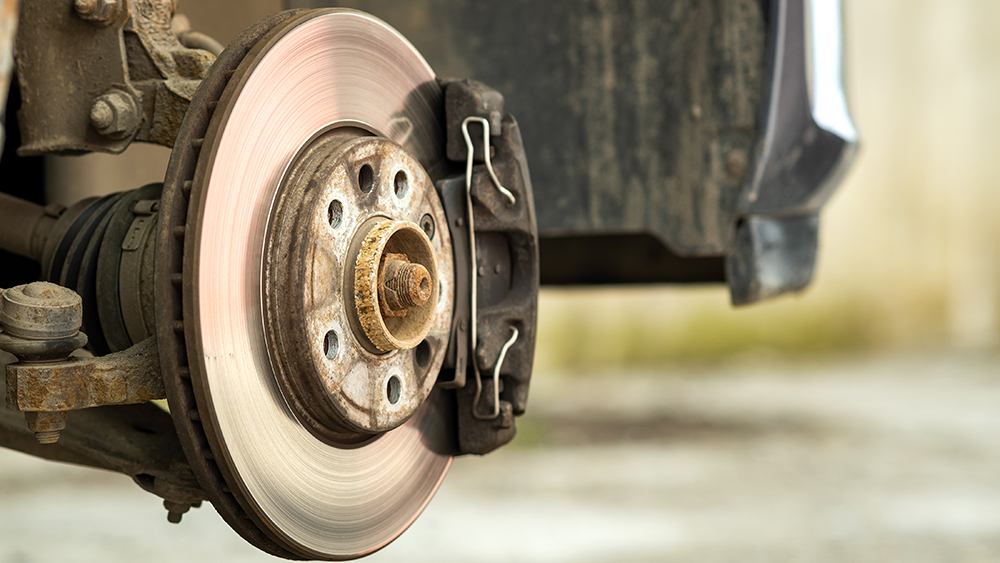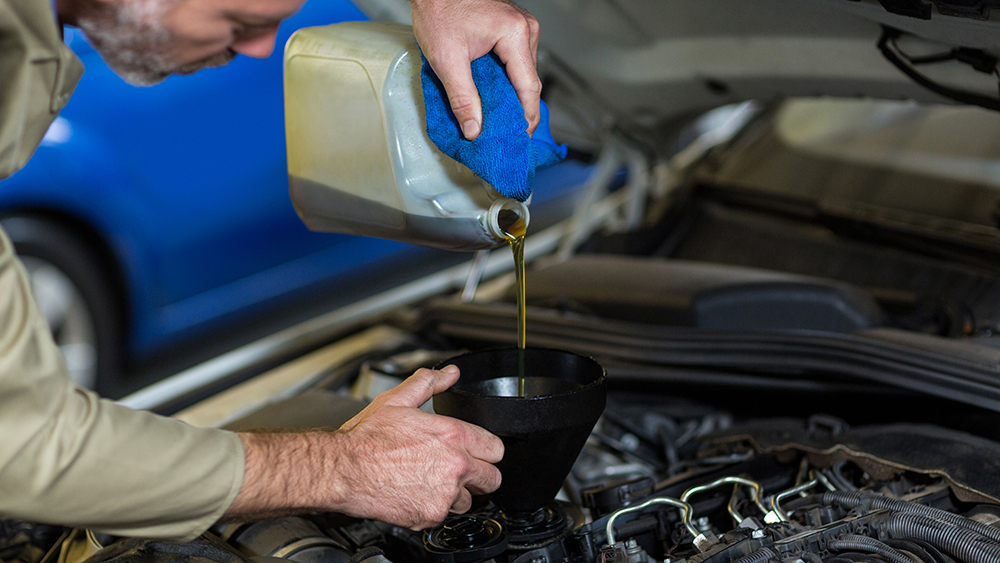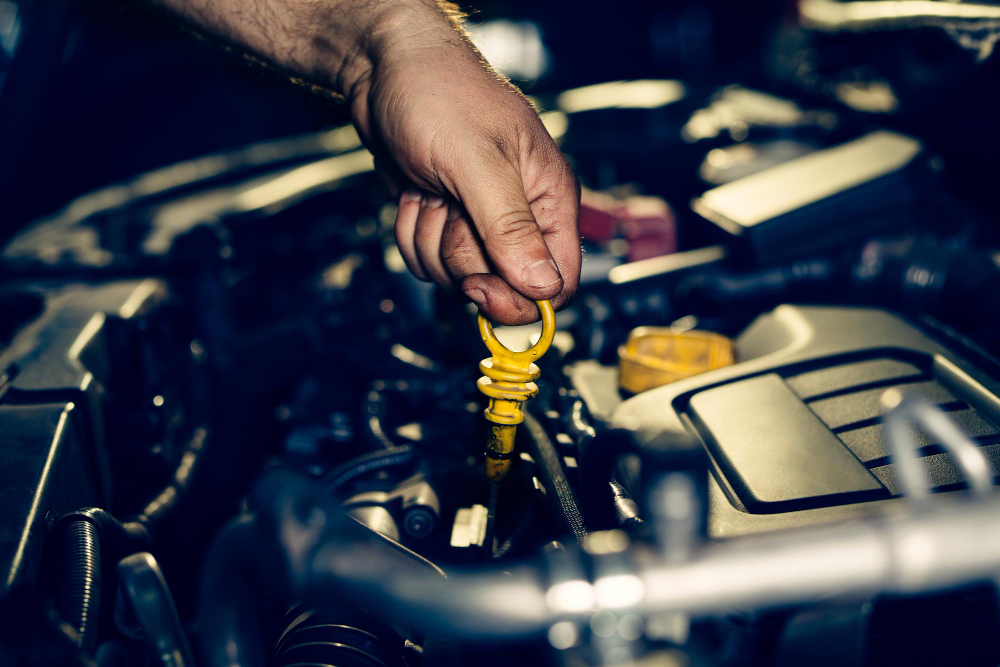The Real Price of Skipping Car Maintenance
Ignoring your car’s upkeep comes with a price, and that price may be expensive. Skipping car maintenance might save you in the short run, but you’ll lose the most in the long run. Let’s examine the expense of not maintaining your car depending on:
1. A shorter lifespan for your vehicle
2. Repairs brought on by neglecting regular maintenance
3. Finding yourself stuck on the side of the road
4. The unforeseen Visa charge.
Your Car’s Life Span
Routine maintenance is required for your transmission, belts and hoses, brakes, spark plugs, filters, fluids, and spark plugs. “If you don’t maintain your car, you’re taking a vehicle that might have been driven for 200,000 miles over its life, and you’re knocking it down to maybe 150,000 miles,” claims Philip Reed, author of “Strategies for Smart Car Buyers” at Edmunds.com. The following findings came from an inspection during National Car Care Month. According to the U.S. Department of Transportation, an average car lasts around 13 years and 145,000 miles before it needs to be scraped because 85% of all evaluated vehicles required some repair or maintenance. Based on Kelly Blue Book Values, depreciation is approximately $.16 per mile for the first 150,000 miles and $.046 per mile for the following 50,000 miles. If you maintain your automobile, you would lose around $231 in resale value for all those extra kilometers.
The Price Of Repairs As A Result Of Skipping Car Maintenance
Neglect (not conducting preventative maintenance) results in annual costs of approximately $2 billion. The percentage of automobiles that failed inspection and the causes of failure are displayed in data gathered during National Car Care Month inspections.
Low or filthy levels of engine oil 30% of the transmission fluid is low level or dirty, and 26% of the brake fluid is also dirty. 23%
Power steering fluids need to be topped off or replaced, and 21% of coolant is contaminated or worn out and needs to be flushed. 24%
Damaged, cracked, and in need of replacement belts Hoses that are 19% damaged, broken, or in need of replacement 17%
What will a vehicle examination reveal about your car? You shouldn’t be too eager to respond if you haven’t gotten them tested recently. What may it cost if your fluid levels are low or your hoses and belts are cracked or damaged? Let’s look at it.
1. Oil Changes
Cost of Skipping: Potential Engine Failure
Imagine this scenario: You haven’t changed your oil in a while because you didn’t think you could afford it. Your car just dies one day so you get it towed to your mechanic. After inspecting your vehicle, he or she determines that it ran out of oil and the engine has seized. Your only options are to replace your engine or replace your car. An average sedan that was driven 100,000 miles as an example, oil changes would cost about $1,125 overall. If you were to go without an oil change during that period, your engine would likely flood with contaminants and eventually seize. The result, an engine replacement that hovers around $4,000.
2. Brake Maintenance
Cost of Skipping: Expensive rotor or drum replacement.
Example: Your car starts creating abnormal sounds, feelings, or smells, and you don’t get your brakes fixed, then first you wear down the things squealing that is telling you that your brakes are toast. Then you will be out of brake pad and will only stop by your brake system pressing the metal backing plate on a metal brake rotor. If you continue to ignore the problem, you will continue to burn through your brake rotor down to its ventilating fins. It will sound, feel, and perform terribly. When you finally fix the problem, it will cost significantly more since you have destroyed several parts, it will cost you 4 to 5 times as much to fix. If you don’t get it fixed you will likely end up in a bad accident making you part of the 5.2% of all motor vehicle accidents that could have been prevented with proper vehicle maintenance.
3. Belts and Hoses
Cost of Skipping: The tow to the nearest garage, and cost of replacing the belt/hose plus any additional damage done when the belt or hose came apart.
Don’t forget the Belt Tensioner, if you hear a squealing noise when the car accelerates and your belts look good it could mean, the belt tensioner is worn and in need of immediate replacement. If the belts can’t be held tight it’s like having no belt at all. Many vehicles a single serpentine belt and if it breaks that means the water pump quits circulating coolant through the engine, the alternator quits producing amps, the power steering pump ceases to assist steering, and the air conditioner quits cooling. The cost to replace a serpentine belt before it breaks would be around $125.00 depending on the belt. The cost after it breaks time and money, drive belt manufactures recommend that all drive belts be replaced on a four-year basis that way the replacement can be done at your convenience rather than on an emergency basis.
4. Spark Plugs and Filters
Cost of Skipping: Damaged catalytic converter, failed emissions test, poor performance, engine misfires during acceleration, hard starting, and the mother of all undesirables lousy gas mileage.
If you drive 12,000 miles per year and lose 1.5 miles per gallon (a 7.5% loss at 20 MPG) it would cost you over $350.00 in additional fuel cost. Replacing a catalytic converter can be upwards of $800.00. When replacing a dirty air filter can cost as little as $20, but if you neglect to replace it, this can cause an oxygen-sensor failure that will cost as much as $250 to repair.
Replacing Timing Belt at Recommended Intervals
Cost of Skipping: Damaged valves and pistons.
The death of many older or high mileage cars is nothing other than a failure of the timing belt. With little space between the valves and pistons, a slip or break in the belt can send a piston flying into an open valve. When this happens, it is similar to the engine self-destructing, as it will soon become nothing more than an unusable mess of metal. This means that your car will suddenly stop running and you will not be able to get it started again. In all cases, this means calling a tow truck to come to pick up your now non-running vehicle. And again for many the result, an engine replacement that hovers around $4,000.
Other Fluids
All the fluids in your vehicle can breakdown over time, change in molecular structure, become less effective because of contaminates, and fail to perform as they were intended.
Routine maintenance for some is just inspection while others need to be completely removed (flushed) and replaced. Just draining most fluids leaves a substantial amount of old fluid behind. The cost for skipping car maintenance is the premature failure and expensive replacement of one or more components of the system the fluid was meant to protect.
- Coolant – Not changing it frequently enough can cause your coolant to “wear out” or cause a breakdown of the coolant’s chemical properties. Over time rust and scale deposits build up within the radiator and these build-ups can cause overheating or even damage your radiator and reduce the life of the water pump from excessive friction and heat.
- Transmission – Transmission fluid is oil and is therefore subject to viscosity breakdown and the loss of its protective, lubricating, and cooling properties. Operating the transmission on fluid that is worn out results in premature transmission wear and ultimately failure.
- Transfer case or differential – Without a routine inspection, you would miss fluid with metal flakes that indicate internal wear or that is black indicating it has been overheated. The sooner you have the cause diagnosed the lower the cost of repair.
- Power steering – If the power steering fluid is not inspected regularly for evidence of metal flakes, you may miss the signs of internal wear, which could cause the need to replace the steering gear as well as the power steering pump.
- Brake – If the brake fluid is not inspected regularly for changes in color, you could miss an early warning sign of a brake malfunction. You also need to keep a close eye on brake fluid because it is hygroscopic in nature, meaning it absorbs moisture, which reduces the effectiveness of the fluid leading to premature brake failure
Cost Of Being Stranded On The Road
Time: Where will you be headed when the belt/hose blows, (a hot date, to work, pick up your kids or get your mother-in-law to the airport) what will it cost you to not get to your destination? What if you’re on a driving vacation or business trip you could be stuck for days waiting for the right part to arrive.
Safety: Where will you be when your car breaks down from a preventable problem? Of all motor vehicle accidents, 5.2% can be attributed to mechanical defects due to neglected vehicle maintenance that translates to eleven people injured every hour and one person dies every three hours due to accidents that could have been prevented.
Being Nagged At: What will it be like being stuck on the side of the road or when you get the call back for your mechanic and tells you the cost of a preventable repair while your significant other reminds you of what you didn’t do to take care of the car.
And of Course Money . . .
Cost of skipping car maintenance: Lost wages, cost of the tow and the added expense of a major repair at an unknown repair shop.
A worst-case scenario is if your car needs towing into a small town, imagine the cost, not only in stress, but for lodging and food and other expenses while you wait for your car repairs.
Bottom Line True Cost To Skipping Car Maintenance – A large unplanned charge to your Visa card.
Whereas NOT skipping car maintenance would have meant – small budgeted expenses. Research showS that nearly 20 percent of the vehicles on the road today have a worn belt that need replacement. Nearly 15 percent of vehicles have a hose that needs replacement (Auto Pro Workshop). A broken belt is always bad news because when it snaps, all drive power to whatever it turns is gone and the cost of a tow to the nearest garage is at least $75.00 plus the cost of the belt. In the United States, in terms of money, the cost is over 2 billion dollars each year due to neglect (not performing preventive maintenance). Would you prefer small expenditures over time on your schedule or large costs ($$$$$) when your car decides, it’s your choice.
- Author: Robert Willumsen
- Originally Published December 19, 2014

